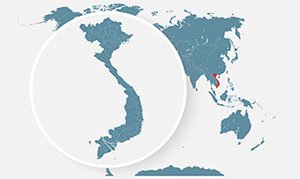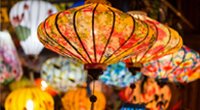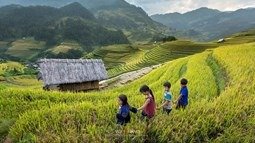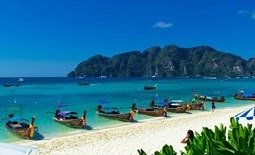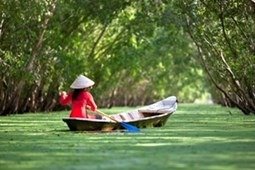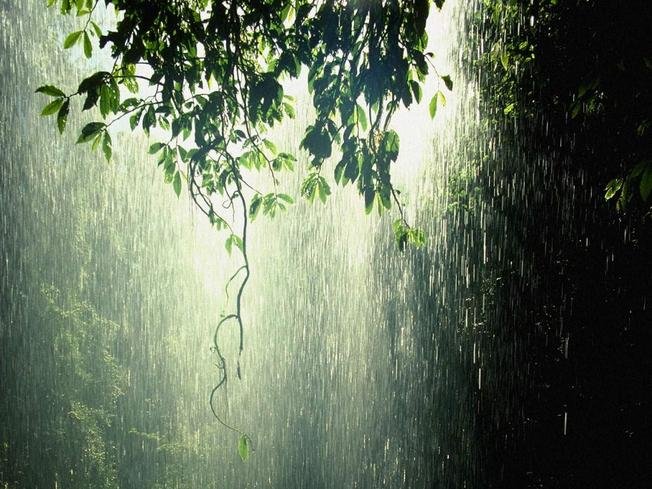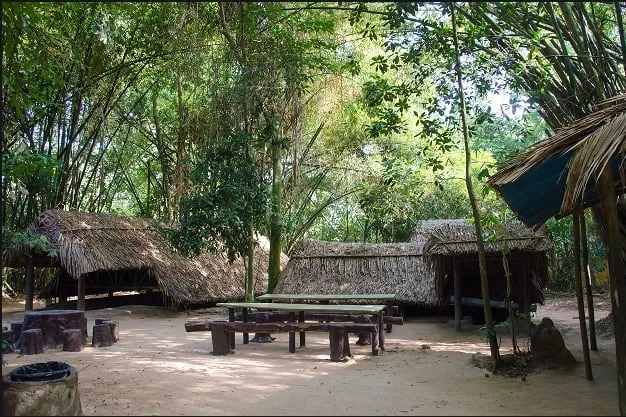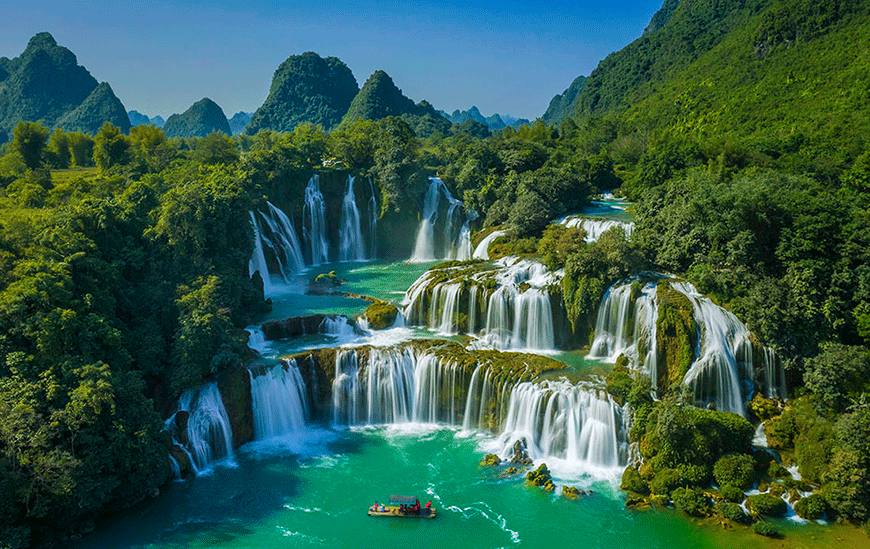Contents
ToggleRainy Season in Northern Vietnam
📅 When Does It Happen?
The rainy season in Northern Vietnam typically runs from April to October, bringing humid air, lush green landscapes, and refreshing showers.
- July & August are the wettest months, often with sudden downpours that last an hour or two before skies clear again. Travelers can expect sunshine and rain to alternate throughout the day, creating dramatic skies over rice paddies and limestone peaks.
- Mountain areas (Sapa, Ha Giang): Rain turns the valleys and terraced rice fields into vibrant shades of green. However, heavy rainfall may occasionally trigger flash floods or landslides, so checking local conditions before trekking is wise.
- Cities (Hanoi, Ninh Binh): Daily life carries on as usual, but heavy showers may cause temporary street flooding. It’s usually short-lived and often adds charm to Hanoi’s streets, with locals huddling under awnings or sipping coffee while waiting for the rain to pass.
- Coastal areas (Halong Bay, Cat Ba): Cruises sometimes get delayed or rescheduled for safety during storms. Fortunately, operators provide alternative tours and activities if your cruise is affected.
- January–March (pre-rainy season): This period isn’t stormy but is known for misty drizzles, foggy mornings, and blooming peach blossoms. The soft light over Hanoi’s Old Quarter or mist wrapping around Ha Giang’s karst mountains creates a poetic, almost mystical atmosphere—perfect for photographers and romantic travelers.
🌟 What to Do in the North During the Rainy Season
- Discover Museums & Temples
Rainy days are a great excuse to dive into Vietnam’s history and culture. Must-visits include:
- The Temple of Literature (Vietnam’s first university)
- Hoa Lo Prison (the “Hanoi Hilton” with deep wartime history)
- The Vietnam Museum of Ethnology (a showcase of 54 ethnic groups).
- Savor Hanoi’s Cuisine
Nothing beats slurping a steaming bowl of pho, bun cha, or xoi xeo while the rain patters outside. A cooking class in Hanoi or Sapa makes for a cozy indoor experience where you can learn the secrets of Vietnamese flavors.
- Explore Markets—Rain or Shine
Covered markets such as Dong Xuan Market in Hanoi keep bustling no matter the weather. In the highlands, the Sunday markets of Dong Van or Meo Vac are worth braving the drizzle for, with ethnic minorities in colorful attire selling produce, textiles, and livestock.
- Coffee & Culture Stops
Hanoi’s café scene is perfect for rainy afternoons—whether it’s sipping egg coffee while watching the rain in the Old Quarter or finding shelter in a quiet art gallery.
- Trekking with Care
If trekking in Sapa or Ha Giang during the rainy season, go with a guide who knows safe routes. Rain makes the trails muddy but also enhances the lushness of rice terraces and waterfalls. The scenery after a shower is often breathtaking.
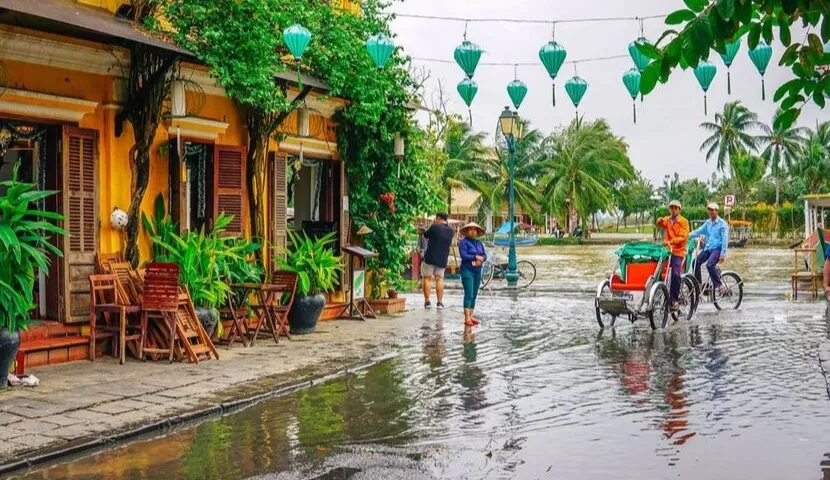
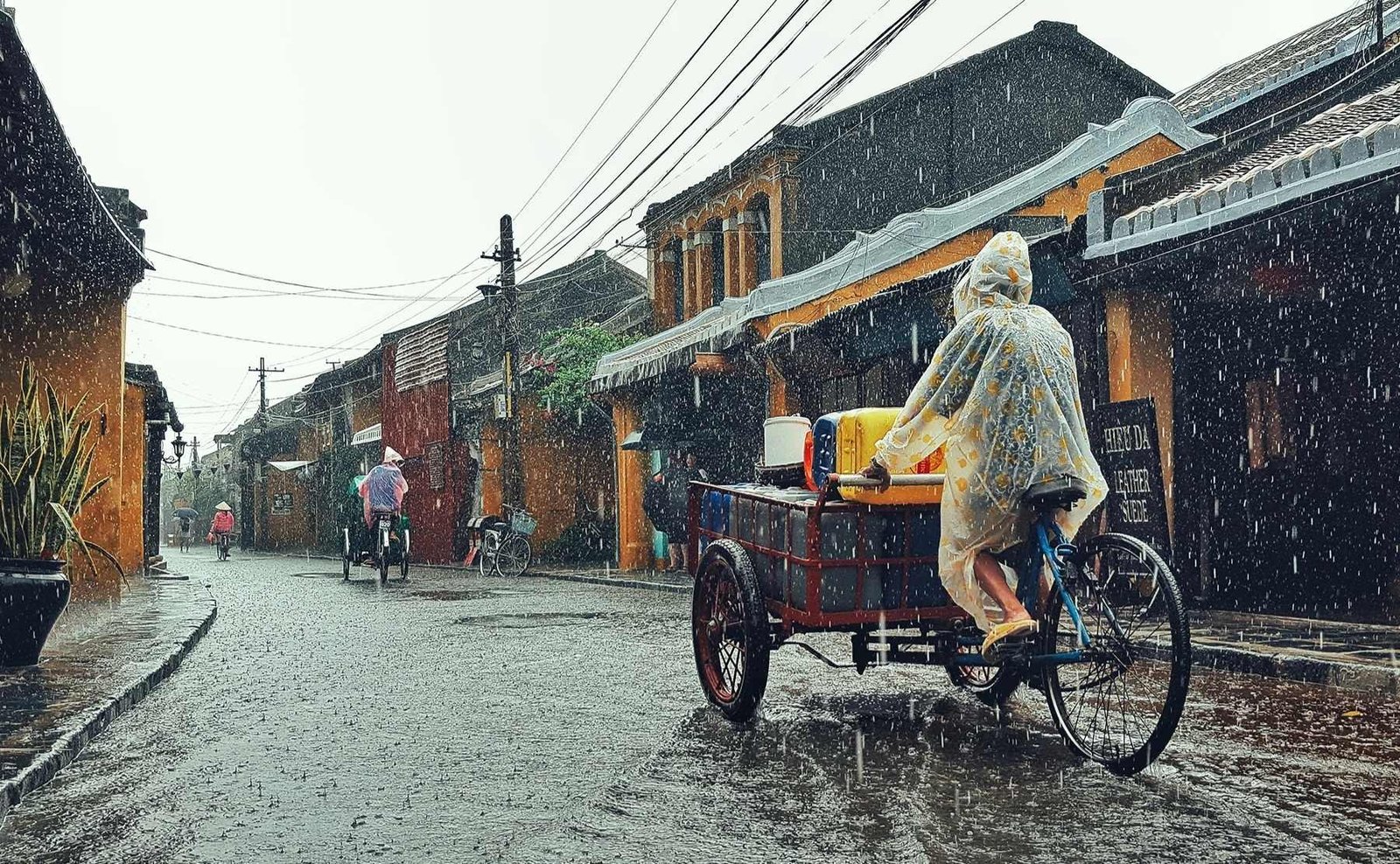
Rainy Season in Central Vietnam
📅 When Does It Happen?
The rainy season in Central Vietnam runs from September to January, with the heaviest rainfall usually in October and November. This stretch of coastline—home to Hue, Da Nang, and Hoi An—often sees prolonged showers, occasional storms, and even typhoons in some years.
- Hue: Surrounded by mountains and close to the sea, Hue receives some of the highest rainfall in the country. The moody skies and mist rolling over the Perfume River create a hauntingly beautiful backdrop for its imperial citadel and royal tombs.
- Hoi An: Flooding is common in the Old Town, but far from being a nuisance, it adds a surreal charm. Locals switch from bicycles to small wooden boats, and the lantern-lit streets reflected in the water make for unforgettable evenings.
- Da Nang: As a coastal city, Da Nang also sees heavy rains, but its wide boulevards and modern infrastructure mean it bounces back quickly after downpours.
💡 Travel tip: Even though some outdoor plans may be disrupted, the rainy season also means fewer tourists, cheaper hotels, and a more authentic experience.
🌟 What to Do in Central Vietnam During the Rainy Season
- Join Cooking Classes
Rainy afternoons are the perfect time to step into a warm kitchen. In Hoi An, you can learn to prepare cao lau noodles or crispy banh xeo, while in Hue, cooking classes often focus on royal court cuisine, once reserved for emperors.
- Explore Cultural Heritage
- The Imperial City of Hue, with its citadel walls glistening under the rain, feels like stepping back in time.
- The royal mausoleums (Tu Duc, Khai Dinh, Minh Mang) are especially atmospheric in the mist, their courtyards shimmering with rainwater.
- In Hoi An, iconic landmarks such as the Japanese Covered Bridge or the ancient assembly halls take on a quiet, meditative feel in wet weather.
- Tailor-Made Shopping
With over 200 tailor shops, Hoi An is a paradise for custom-made clothing. Rainy days provide the perfect excuse to spend time indoors, being measured for a bespoke suit, dress, or ao dai—ready in just 24–48 hours.
- Café & Lantern Nights
Hoi An’s riverside cafés are cozy refuges when the rain pours. Sip Vietnamese drip coffee while watching the river swell, then step outside in the evening to see the lanterns glowing even brighter against wet cobblestones.
- Spa & Wellness
Rainy days are also a good chance to indulge in a traditional Vietnamese massage, herbal steam bath, or hot stone therapy—available in both Hoi An and Da Nang.
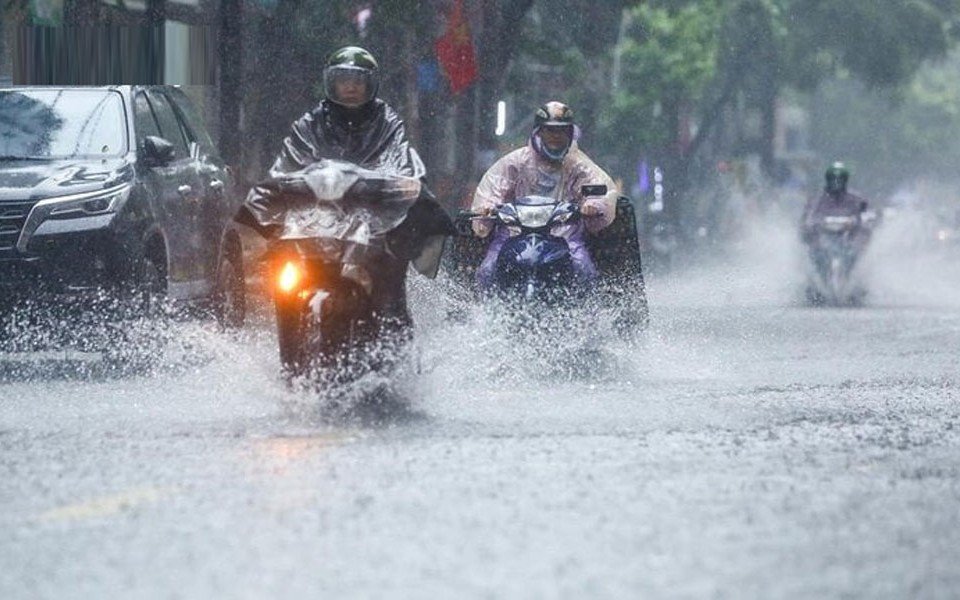
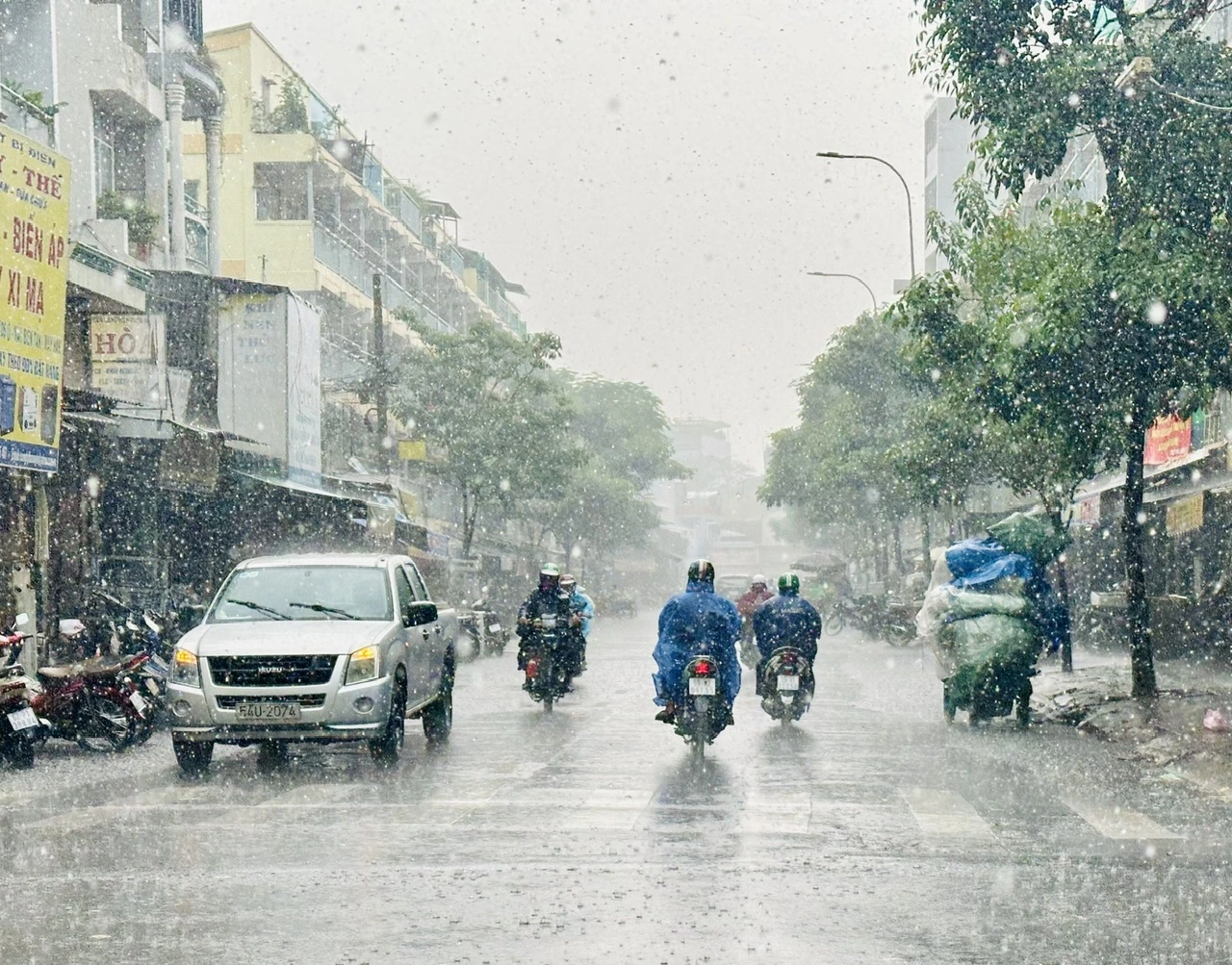
Rainy Season in Southern Vietnam
📅 When Does It Happen?
The South’s rainy season stretches from May to November, with the heaviest rains in June, July, and August. Unlike the Central Coast, these showers are usually short but intense, often arriving in the late afternoon and lasting less than an hour. Mornings are typically clear, making it easy to plan sightseeing or outdoor excursions before the clouds roll in.
The rains bring more than just water—they recharge the Mekong Delta, flooding canals, rice paddies, and orchards. Far from being a problem, this annual cycle creates fertile soil, supports fisheries, and fuels Vietnam’s agricultural abundance.
🌟 What to Do in the South During the Rainy Season
-
Explore Museums in Ho Chi Minh City
Rain is the perfect excuse to spend time indoors at some of Saigon’s top cultural sites:-
The War Remnants Museum provides a moving insight into Vietnam’s recent history.
-
The Independence Palace (Reunification Palace) lets you step into the rooms where history was made.
-
The Ao Dai Museum showcases Vietnam’s most iconic national garment in an elegant setting.
-
-
Indulge in Wellness & Relaxation
When the skies open, take refuge in one of the South’s many retreats. Resorts and eco-lodges are designed for rainy days, with spa treatments, herbal baths, yoga sessions, infinity pools, and cozy lounges overlooking lush landscapes. -
Experience the Mekong Delta in Flood Season
The so-called “water season” (mùa nước nổi) turns the Delta into a watery wonderland:-
Glide by boat through Tra Su Cajuput Forest in An Giang, where flooded trees create a mystical scene.
-
Visit bustling floating markets like Cai Rang or Nga Bay, even more vibrant during high water.
-
Taste unique seasonal dishes, such as linh fish cooked with điên điển flowers, available only in the flood months.
-
🌿 Recommended Retreats for Rainy Days
-
Avana Retreat (Mai Chau) – A forest hideaway with a natural spa and mist-wrapped mountain views.
-
Tam Coc Garden (Ninh Binh) – A peaceful lodge among rice fields, perfect for slow mornings with tea.
-
Victoria Hoi An – Colonial-style seaside resort with riverside views and hands-on cooking classes.
✨ Why visit during the rainy season?
In Southern Vietnam, rain is rarely a barrier. Instead, it refreshes the air, cools the tropical heat, and fills the landscape with lush greens and flowing rivers. Travelers who don’t mind a sudden downpour will be rewarded with fewer crowds, lower prices, and a richer cultural experience of daily life tied to the rhythms of the water.
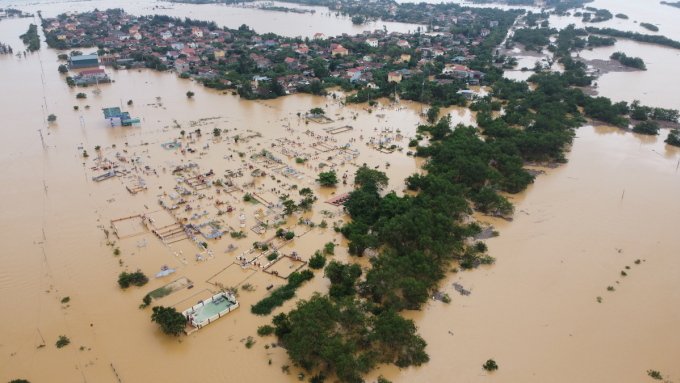
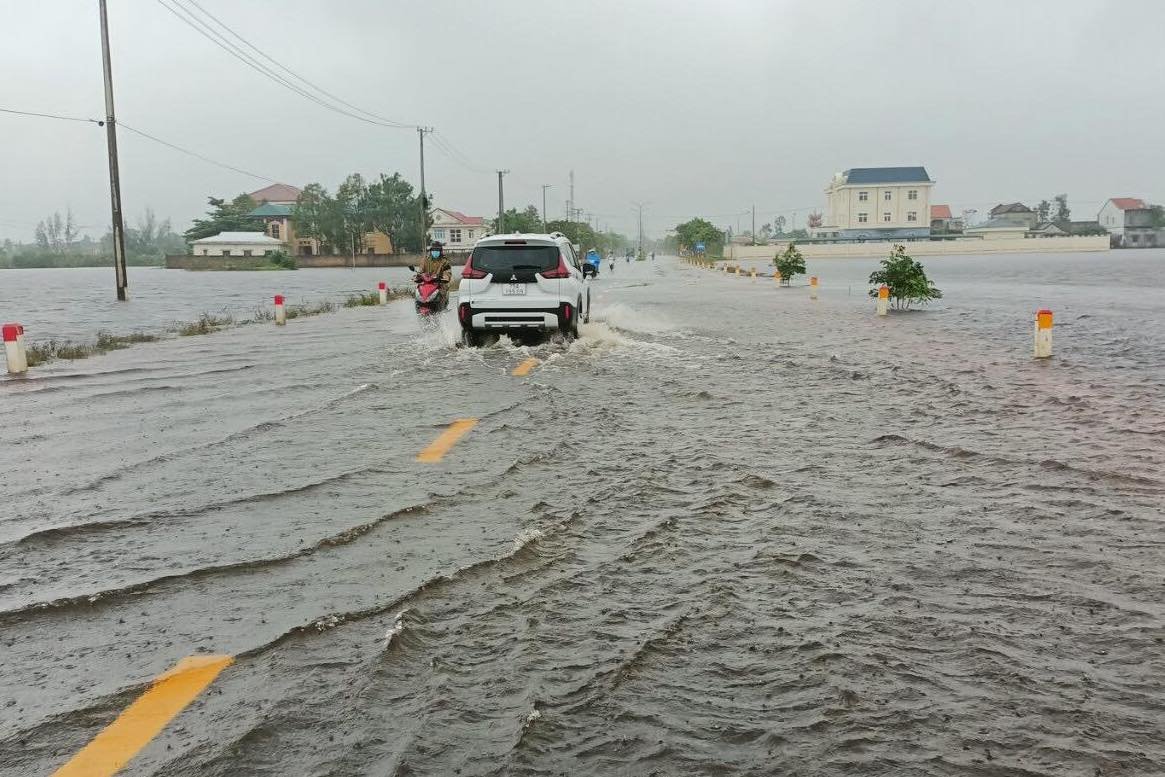
Practical Tips for Traveling in Vietnam’s Rainy Season
✔ Plan by region: Central Vietnam gets the heaviest rains in October–November, while North and South are still manageable.
✔ Check local forecasts and follow advice during storms or floods.
✔ Avoid peak traffic hours in cities to escape rain-related jams.
✔ Pack smart: Lightweight raincoats, waterproof shoes, and quick-dry clothes will make your trip more comfortable.
✔ Embrace it: Rain means lush landscapes, fewer tourists, delicious tropical fruits, and romantic misty streets.
Conclusion
The rainy season in Vietnam is not a reason to cancel your trip—it’s an invitation to experience the country in a deeper, more authentic way. From misty mountains in the North to lantern-lit Hoi An streets, and from lush rice fields in the Mekong to cozy spa retreats, the rain adds soul to your adventure.

